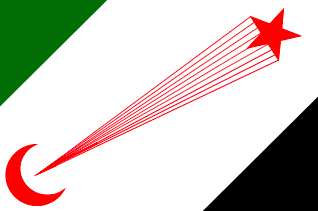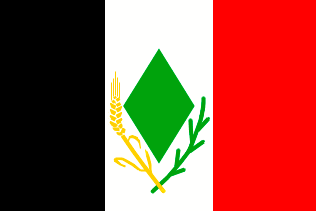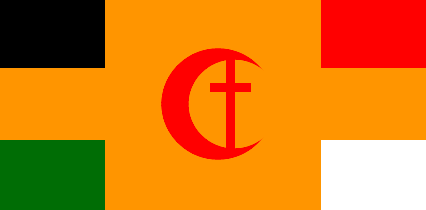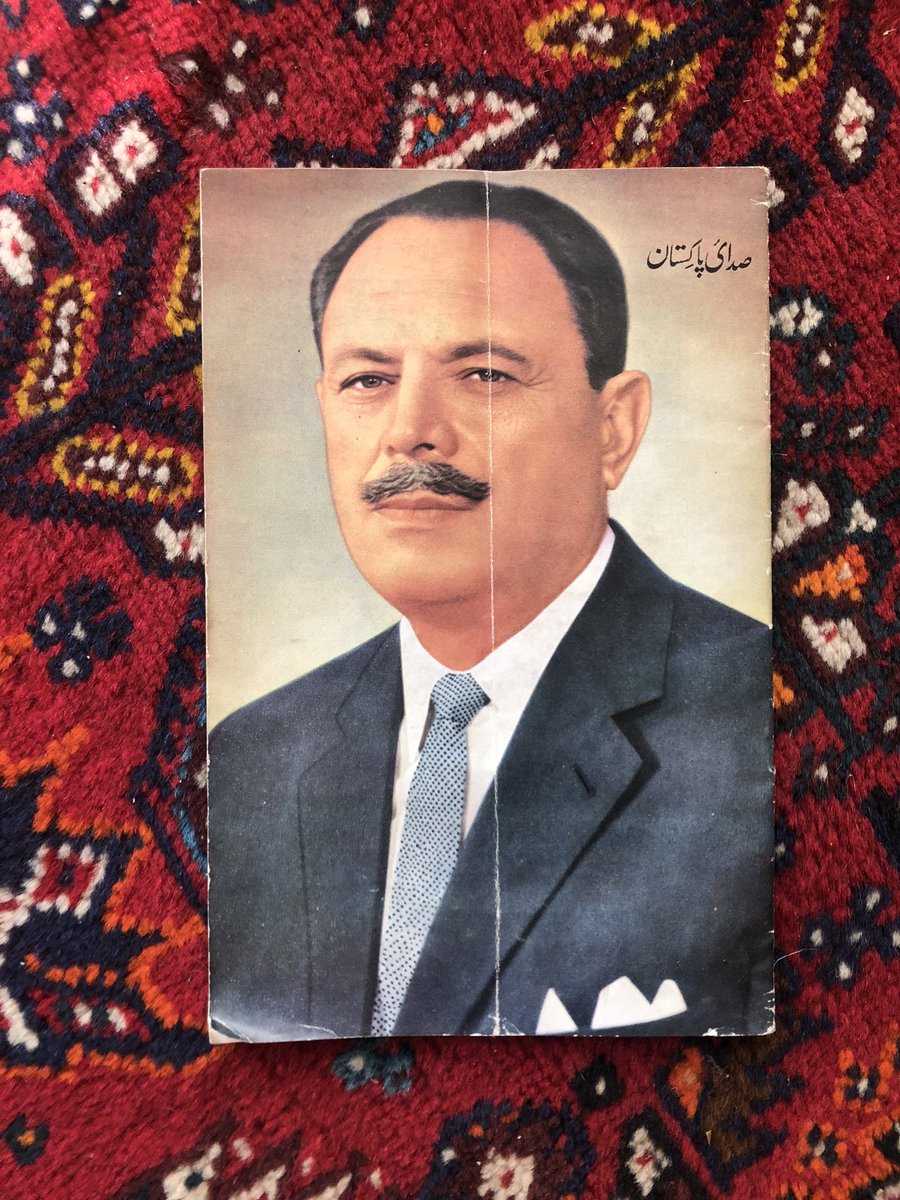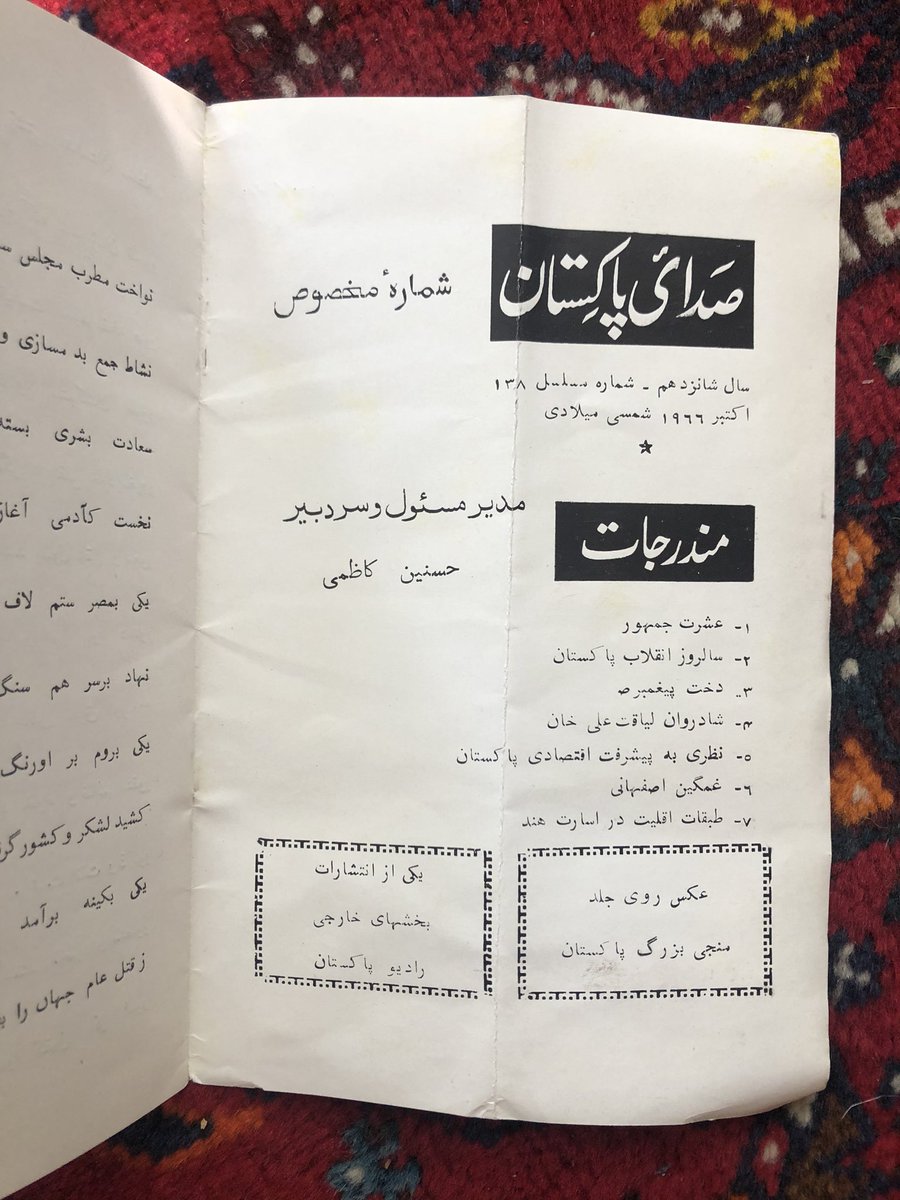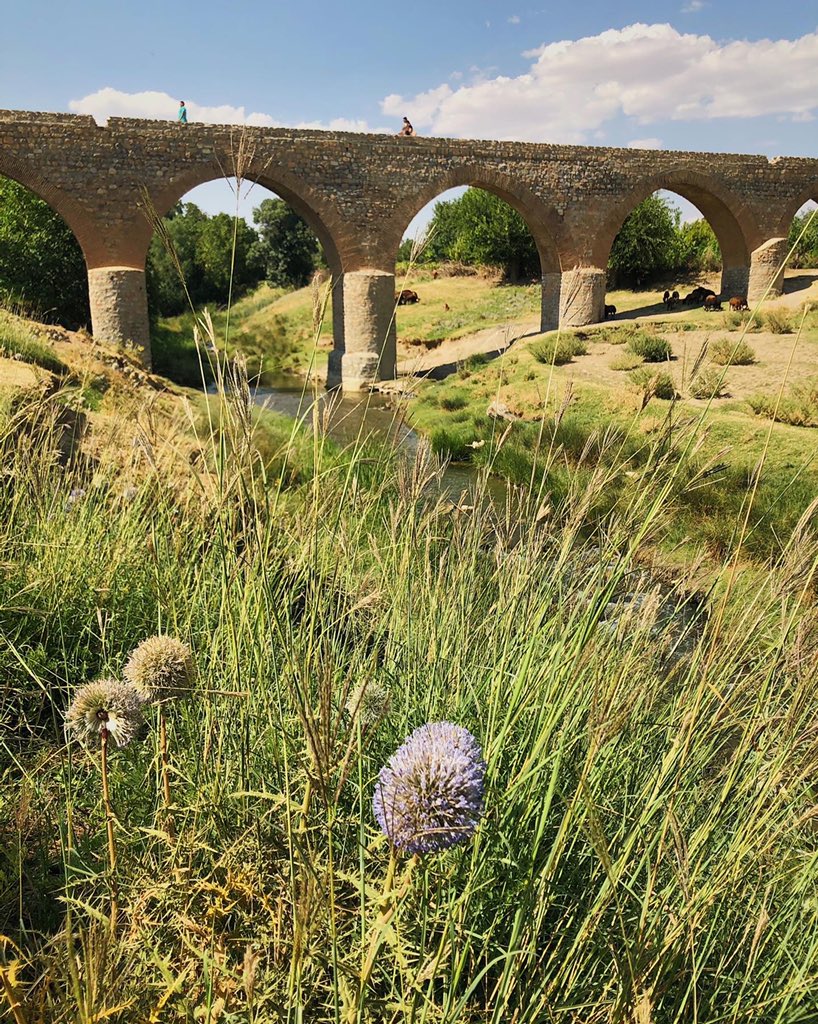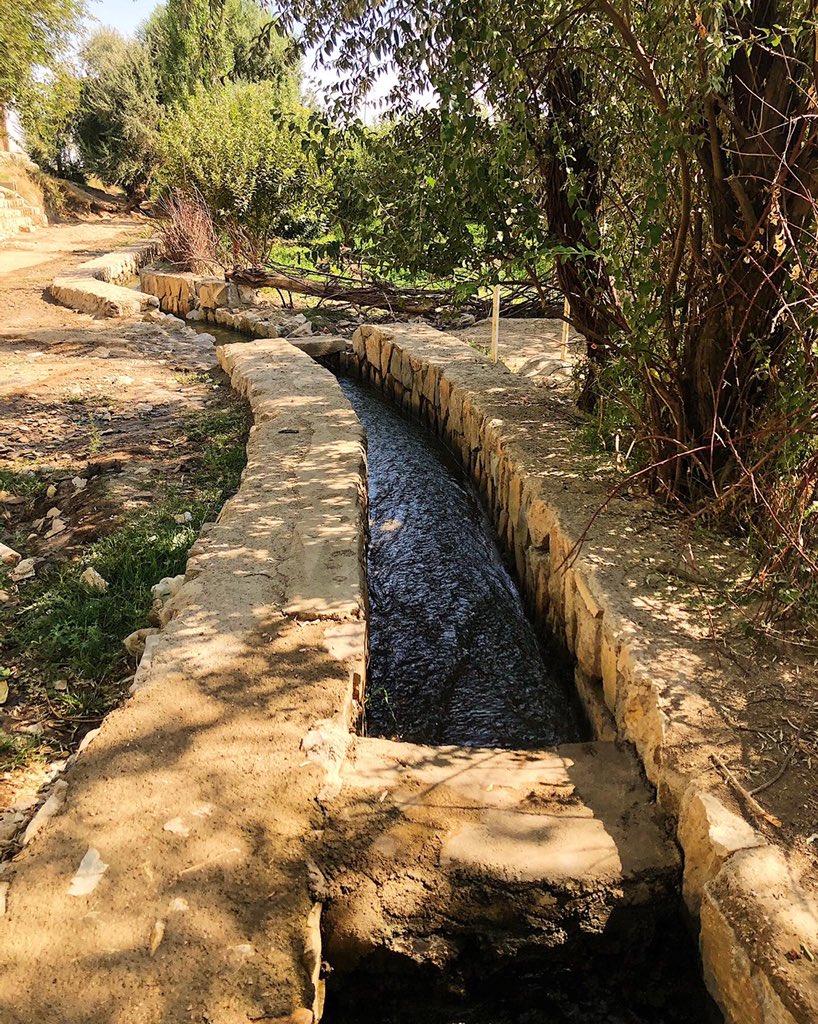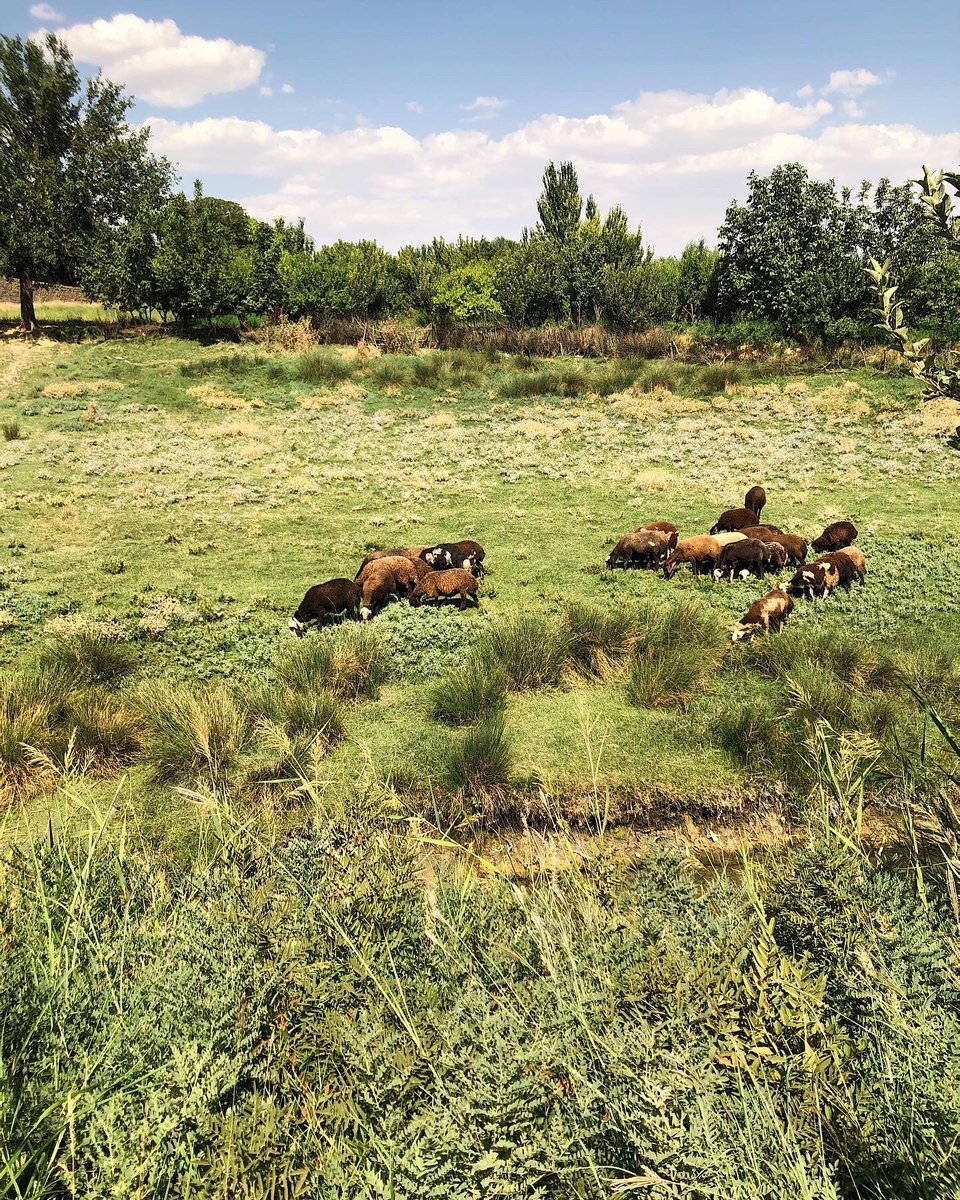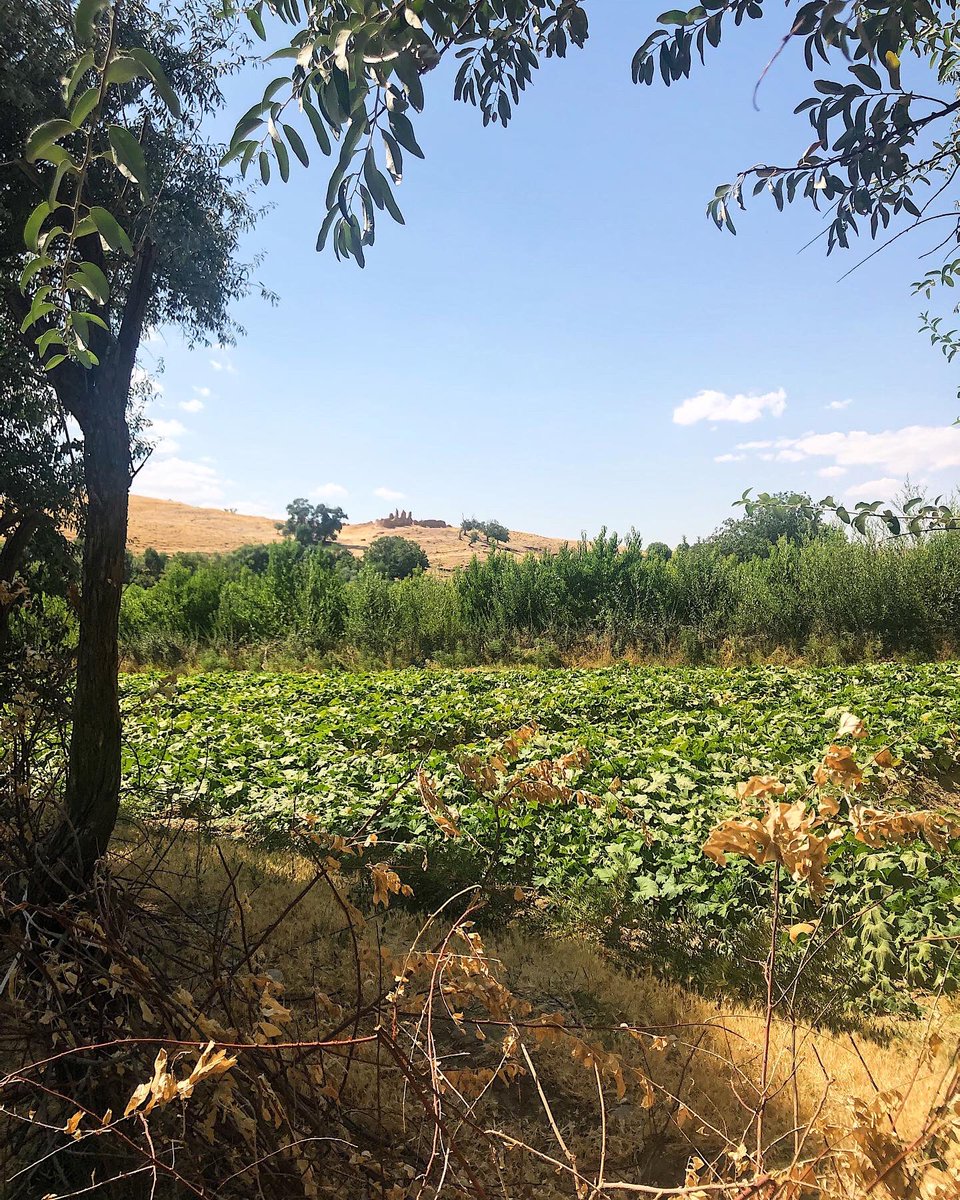
The story of Tehran Street in Seoul, South Korea.
In the 1970s, Tehran and Seoul became sister cities and renamed streets for eachother.
Tehran Street, Seoul was located in a farmland area called Gangnam.
It would soon grow to become Seoul's most important economic hub...
In the 1970s, Tehran and Seoul became sister cities and renamed streets for eachother.
Tehran Street, Seoul was located in a farmland area called Gangnam.
It would soon grow to become Seoul's most important economic hub...
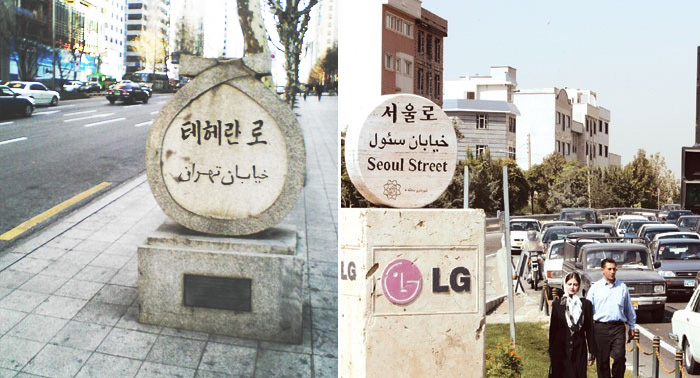
Teheran-ro got its name in 1977, following a visit by Tehran's mayor.
Tehran was more developed than Seoul at the time. What is now Teheran-ro was mostly farmland and gravel.
But in the decades that followed, Gangnam grew into an economic hub as Korea's economy boomed.

Tehran was more developed than Seoul at the time. What is now Teheran-ro was mostly farmland and gravel.
But in the decades that followed, Gangnam grew into an economic hub as Korea's economy boomed.

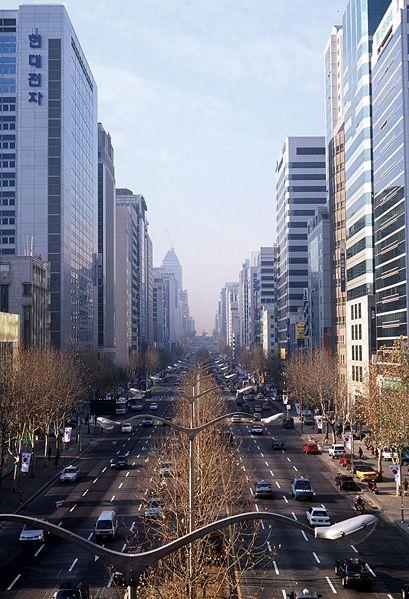
When Tehran Street was named, the name was largely aspirational- expressing hope that Seoul could grow like Tehran had
Teheran-ro indeed grew quickly.
Today Gangnam is a business and tech hub- and Teheran-ro it's biggest street, nicknamed "Tehran Valley," after Silicon Valley.

Teheran-ro indeed grew quickly.
Today Gangnam is a business and tech hub- and Teheran-ro it's biggest street, nicknamed "Tehran Valley," after Silicon Valley.


Tehran also got its own Seoul Boulevard and Seoul Park, located in a green, attractive area in the city's north.
After 1980, these links lessened between the countries, only to pick up again in the 1990s.
Reminders of past friendship and dreams persist in the urban fabric:
After 1980, these links lessened between the countries, only to pick up again in the 1990s.
Reminders of past friendship and dreams persist in the urban fabric:

Further reader on Teheran-ro:
"Iran was the only oil-producing country that supplied oil to South Korea during the 1973 oil crisis.
In the 1970s, some 200,000 South Koreans earned foreign currency in Iran, working at numerous construction sites. "
koreaherald.com/view.php?ud=20…
"Iran was the only oil-producing country that supplied oil to South Korea during the 1973 oil crisis.
In the 1970s, some 200,000 South Koreans earned foreign currency in Iran, working at numerous construction sites. "
koreaherald.com/view.php?ud=20…
"The plaque commemorating Teheran-ro contains only Persian and Hangul, one of the only signs in the area without an English translation – a memory of a moment when the global exchanges fueling the country’s growth were made without any Western parties."
minervaquest.com/2019/01/31/teh…
minervaquest.com/2019/01/31/teh…
"When they changed the name they wished Seoul to achieve a remarkable growth like Tehran.
Now, nearly after 50 years, Seoul has really become one of the biggest cities in the world. So we can tell that the wish came true!"
mercureseoul.com:51238/us/magazine/ma…
Now, nearly after 50 years, Seoul has really become one of the biggest cities in the world. So we can tell that the wish came true!"
mercureseoul.com:51238/us/magazine/ma…
• • •
Missing some Tweet in this thread? You can try to
force a refresh

